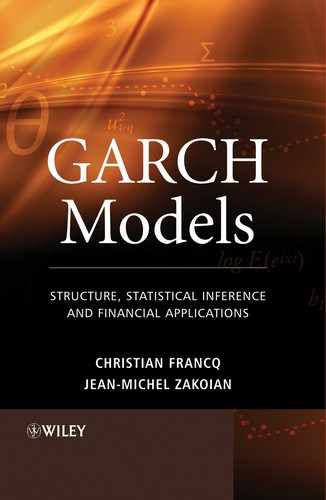Book Description
This book provides a comprehensive and systematic approach to understanding GARCH time series models and their applications whilst presenting the most advanced results concerning the theory and practical aspects of GARCH. The probability structure of standard GARCH models is studied in detail as well as statistical inference such as identification, estimation and tests. The book also provides coverage of several extensions such as asymmetric and multivariate models and looks at financial applications.Key features:
- Provides up-to-date coverage of the current research in the probability, statistics and econometric theory of GARCH models.
- Numerous illustrations and applications to real financial series are provided.
- Supporting website featuring R codes, Fortran programs and data sets.
- Presents a large collection of problems and exercises.
This authoritative, state-of-the-art reference is ideal for graduate students, researchers and practitioners in business and finance seeking to broaden their skills of understanding of econometric time series models.
